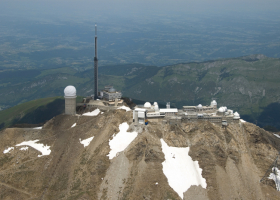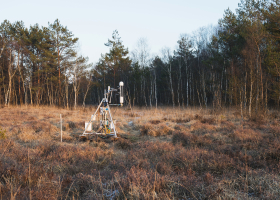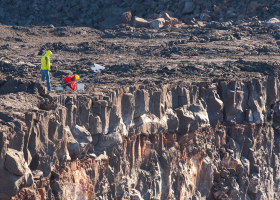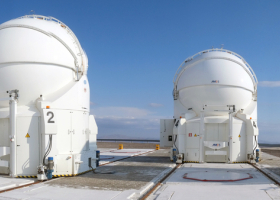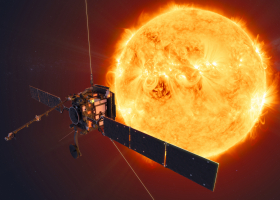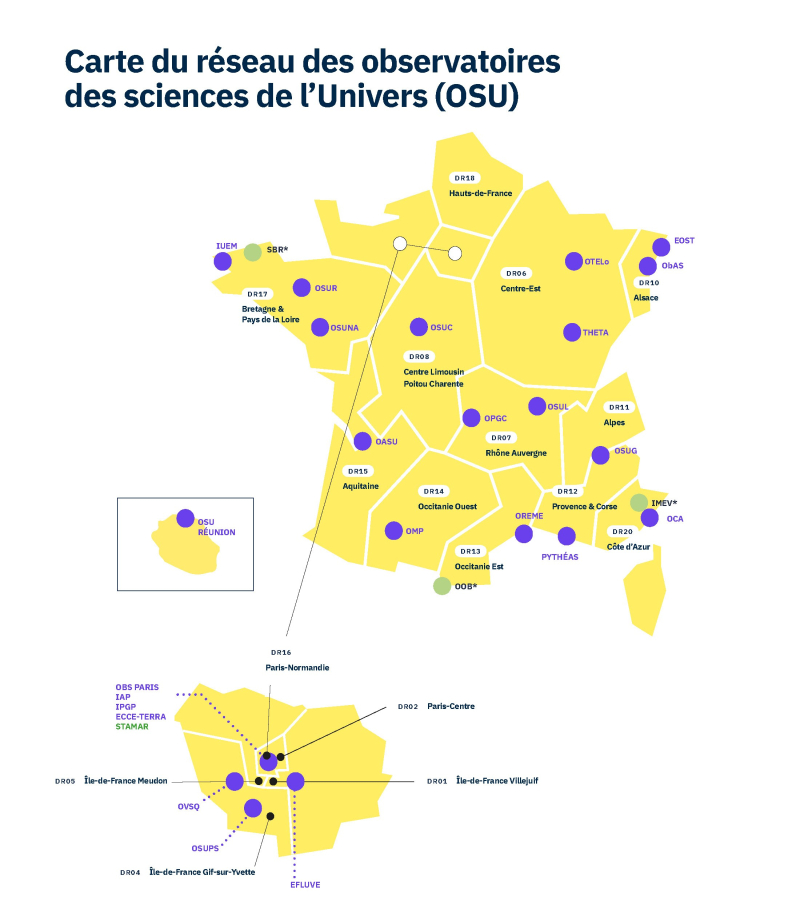CDS : Strasbourg Astronomical Data Centre
The CDS collects astronomical data and associated information for worldwide distribution. It hosts the SIMBAD database for the identification of astronomical objects, the VizieR collection of catalogues and tables published in academic journals and Aladin, the interactive atlas of the sky. The CDS is a Research Infrastructure labelled by the French Ministry of Higher Education and Research (MESRI).
The other data processing, archiving and distribution centres are hosted by Centres d’Expertise Régionaux (Regional Expertise Centres) which manage the development and operational maintenance of these within the OSUs (Observatories of sciences of the Universe)
GSO Data Centre (in French)
The GSO Data Centre (French south-west region) brings together national services hosted at the OMP: CADE which provides a set of data and tools for the analysis of extended data from major earth or space sampling; CASSIS spectral data analysis software programme used for astronomical and laboratory data; CDPP whose mission is to preserve, disseminate and promote data from experiments with French participation in the field of natural plasma physics; PolarBase, a database of high resolution spectropolarimetric stellar observations; STORMS which provides a set of services dedicated to the study of Sun-Earth relations and XMM-Newton whose objective is to maximize the scientific results deriving from the XMM-Newton satellite by constructing an in-depth portrait of the sky in the X field.
The centre also includes KIDA, a database of kinetic data of interest for astrochemical (interstellar medium and planetary atmospheres) studies which is under the responsibility of the OASU (Aquitaine Observatory of Sciences of the Universe) and POLLUX, a stellar synthetic spectra database under the responsibility of OREME.
OCA Data Centre (DOMINO) (in French)
At the Côte d'Azur Observatory, DOMINO hosts MP3C, a database of the physical and dynamic properties of asteroids and SUV, a support service for users of second generation VLTI instrumentation.
OSUG Data Centre (in French)
For astronomy, the OSUG Data Centre manages MOIO which creates and provides support and maintenance for software necessary for the optimal use of optical interferometres which are openly available for the community, SPHERE-DC (in French), a centre which responds to requests for processing data from the SPHERE instrument installed on the VLT and SSHADE-F-GhoSST, an interoperable solid spectroscopy database infrastructure which includes the Grenoble GhoSST database.
OSUPS Data Centre (IDOC-ANO5).
OSUPS Data Centre (IDOC-ANO5)
The OSUPS Data Centre is in charge of the following national observation services – DustEM which provides tools to model the emission of interstellar dust grains in our Galaxy and exterior galaxies; Grandes Longueurs d’Onde - IDOC which provides long wavelength data from various space instruments and associated processing and dissemination tools; MEDOC (Multi Experiment Data & Operation Centre) which provides space solar physics data with a set of high-performance services and tools and PSuP, a planetary surfaces data processing centre twinned with a data dissemination and visualization centre.
Paris Astronomical Data Centre (PADC)
In the framework of the Virtual Observatory (VO), PADC provides access to services hosted by the Paris Observatory – APIS, a database containing spectro-imaging auroral observations of giant planets; BASECOL which provides data about the collisional ro-vibrational excitation of different molecules; BASS2000-OP qwhich provides images of the entire Sun taken from the ground; the Extrasolar Planets Encyclopaedia which gathers information on the known exoplanets and associated stars and provides different analysis tools; the ISM Platform and Jets, a set of services to prepare and interpret observations of galactic and extragalactic molecular gas using large-scale instrumentation; F-VAMDC which provides the international community with a vast set of atomic and molecular data; VESPA, a unified portal for access to databases for the study of the Solar System including a high-performance data-mining and visualization system and finally VO Solar System Objects Portal, a set of services and databases dedicated to bodies in the solar system in the framework of the Virtual Observatory.
Pytheas Data Centre (CeSAM) (in French)
CeSAM brings together the work carried out at the Pytheas OSU (Observatory for Sciences of the Universe) in processing, analysis, archiving and dissemination of data from large-scale extragalactic observation programmes. It runs the ASPIC services which provide tools and added value for data from massive spectroscopic/photometric programmes studying strategic zones of the sky and GAZPAR which provides tools for the measurement of photometric and spectroscopic redshifts as well as physical parameters deduced from spectral power distributions (SED).
Besançon Model of the Galaxy
This service is proposed by the THETA OSU and it works on developing software to create, validate and make data available on simulations of the contents of the Galaxy's stars via a web service and using a digital model.
